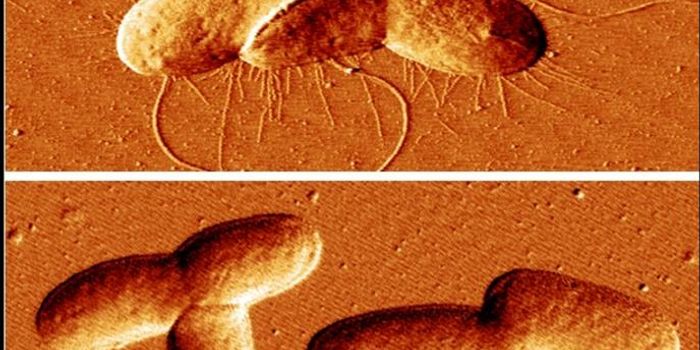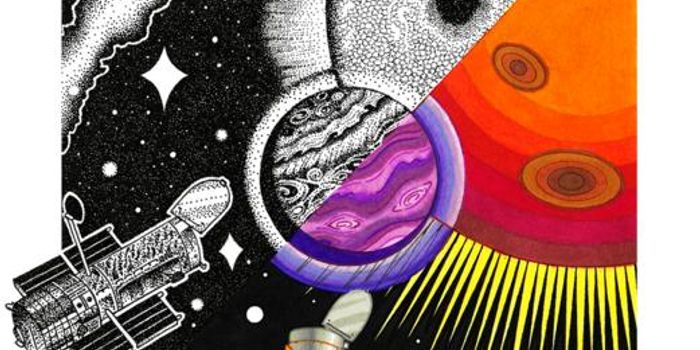How Microorganisms Break Down Forever Chemicals
Researchers at the University of California, Riverside have discovered one of the steps in the breakdown of forever chemicals by an unlikely source: microbes.
Led by Yujie Men, assistant professor of chemical and environmental engineering, the researchers found the mechanism for the breakdown of per- and polyfluoroalkyl substances (PFAS) by microbes that do not require oxygen. Published in Environmental Science and Technology on April 4, the discovery built upon previous research by the same professor that anaerobic microbes could degrade two types of PFAS.
The anaerobic microbes can break down a specific subset of PFAS known as fluorinated carboxylic acids (FCAs). Known as “forever chemicals,” PFAS are incredibly durable due to their strong carbon-fluorine bonds. They are commonly used in cleaning products, polishes, waxes, packaging, water-repellent material, firefighting foam, carpets, etc.
In October of 2021, the Environmental Protection Agency announced a plan to regulate PFAS because of their impact on human health and the environment. They leak into the environment and the products that humans consume, and since they don’t easily degrade, they will build up in our systems. While the specific effects of PFAS on humans aren’t well documented, the EPA has linked levels of PFAS to cancer, high blood pressure and cholesterol, and even developmental delays in children.
The researchers discovered that the first step of breaking down the carbon-fluoride bonds through anaerobic microbes, a carbon-carbon double bond on the PFAS structure.
According to the paper authors, microbes that can break the carbon-fluoride bond aren’t uncommon, and they have successfully broken down compounds similar to PFAS under zero-oxygen conditions.
However, even when the carbon-fluoride bonds are broken in these PFAS, the resulting compounds could also be harmful. A successful degradation of PFAS requires the chemical's defluorination as well. This recent research implies that the collaboration of anaerobic and aerobic microbes could further break down PFAS and related chemicals.
Sources: University of California Riverside, Environmental Science, and Technology








